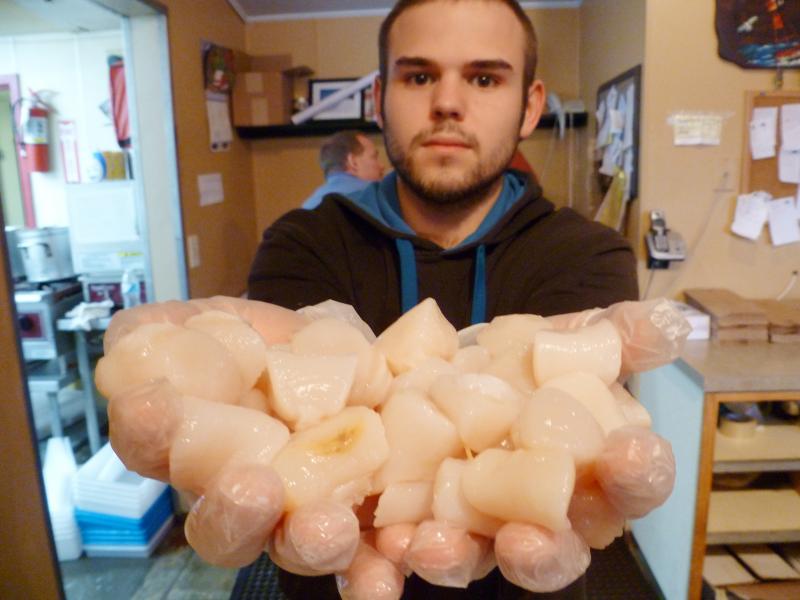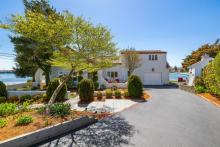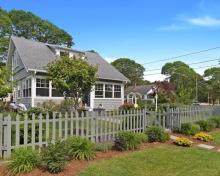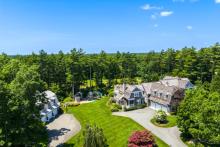Scallop repopulation on the horizon
With support of a Buzzards Bay restoration program by the Division of Marine Fisheries, the scallop population in Mattapoisett and Marion’s waters could skyrocket to levels since before the Bouchard Oil Spill of 2003.
The Division of Marine Fisheries’ three-year plan involves planting and enhancing scallop numbers for eight towns along Buzzards Bay, starting next August.
The project is funded by settlements from the oil spill, which dumped 98,000 gallons and stretched nearly 100 miles along the Bay.
Mike Hickey of the Division says bay scallop populations in Buzzards Bay have been in decline over the past twenty years, and with it recreational shellfishing.
This program would bring those numbers back up, planting 25 mm seed each year.
Mattapoisett Town Administrator Mike Gagne says Mattapoisett has a lot of potential for growth.
“One of the big things to making this successful is the regional effort and expertise coming to the towns,” Gagne said. “Everyone has limited finances these days. But we know scallops are a proven resource and we can get to work.”
Gagne says another component is Mattapoisett’s eelgrass beds. Scallops, which are free roaming, tend to go where the eelgrass is. Gagne said there are a lot of beds in the area that would be perfect for the scallops.
Mattapoisett Shellfish officer Kathy Massey agrees.
“The population now isn’t too bad,” Massey says. “Most of our scallops moved to Falmouth. I don’t know why. Our eelgrass declined some too, but our overall scallop population is nothing like the boom we had in 2008.”
Massey says establishing the scallop “spat,” or babies, is the key to the program’s success.
Marion is also taking part in the scallop program. Harbormaster Mike Cormier says the town already does propagation for scallops, quahogs and oysters, but the regional effort will be significant.
“Scallops are a touchy species,” Cormier says. “They like to move around. But this can support our growing in Sippican Harbor as well.”
Marion seeds each year in the harbor in addition to growing the shellfish in an upwell.
The Division’s efforts are also a part of the Department of Environmental Protection’s efforts to restore general shoreline recreation and boating. Aquatic restoration such as river herring passage and the Hathaway Pond Dam in Rochester have been named as potential projects.
















